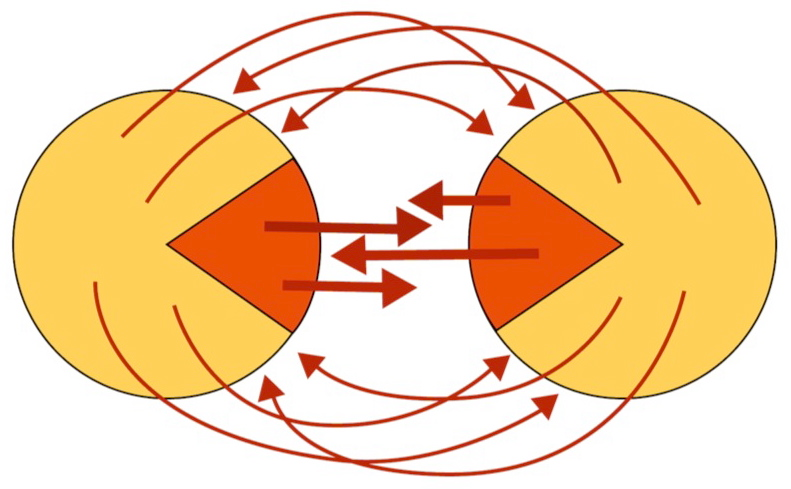
 Click here
Click hereCommunity Courts
Improving Quality of Life
Community Courts appear to have great potential to raise the quality of life in problem or disadvantaged neighborhoods and to solve neighborhood-related problems. A model developed in New York City is often used as an example.
Judge: Key in Local Cooperation
In this model, the Community judge is responsible for achieving the goal of making the neighborhood livable and safe again.
In cooperation with the local government, the police, the Public Prosecution Service and neighborhood stakeholders, the judge coordinates the implementation of a prosecution and punishment policy that is adjusted to the needs of the neighborhood. All the authorities involved agree to implement this policy.
The community judge holds regular review consultations with the stakeholders in order to further optimize the effectiveness of the court.
Punishment with treatment
Petty offenders are brought to the Community Court immediately after their arrest. In the court they get an intake and they have a meeting with an attorney. Offenders are given the choice of being tried immediately in the Community Court or having their case dealt with by the regular Criminal Court. Most offenders prefer the Community Court because it imposes therapeutic task sentences and it also offers them training and treatment that helps them to overcome problems and get their lives on track.
Immediate sanctions
Community service and treatment starts the day after arrest. To achieve this, the Court has its own community service team that cleans, refreshes and embellishes the neighborhood. As volunteers and jobseekers also participate in this team, participation in the Court service team is not stigmatizing. It fosters social integration instead. Trainings and treatments often take place in the court building.
If necessary the community judge calls offenders back to a court hearing in order to monitor their progress.
Social function for the neighborhood
Community courts are often housed in a public center, where public services and social institutions have branches and where community activities are also organized. As many institutions are located together, complex issues can be solved quickly and easily, even for citizens who have nothing to do with justice.
Origin and appearance
The first Local Court of this model was established in 1993 in the Times Square entertainment district of Manhattan, as the regular criminal justice system proved incapable of reducing serious nuisance from petty crime and local stakeholders did not accept this any longer.
In the U.S. there are now about 40 of these community courts. Experiments with this system are taking place in various countries, including the Netherlands recently.
Why is this court sustainable?
- Judicial power is used to improve the quality of life in the neighbourhood.
- Punishments and remedies are aimed at
- solving problems
- development and integration of the offender into society.
- Community-based justice inflicts a minimum of suffering.


